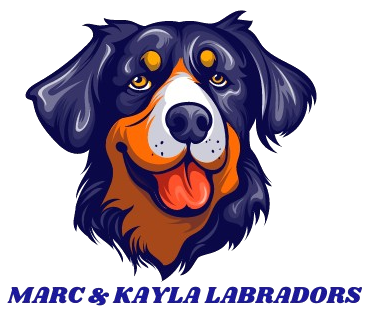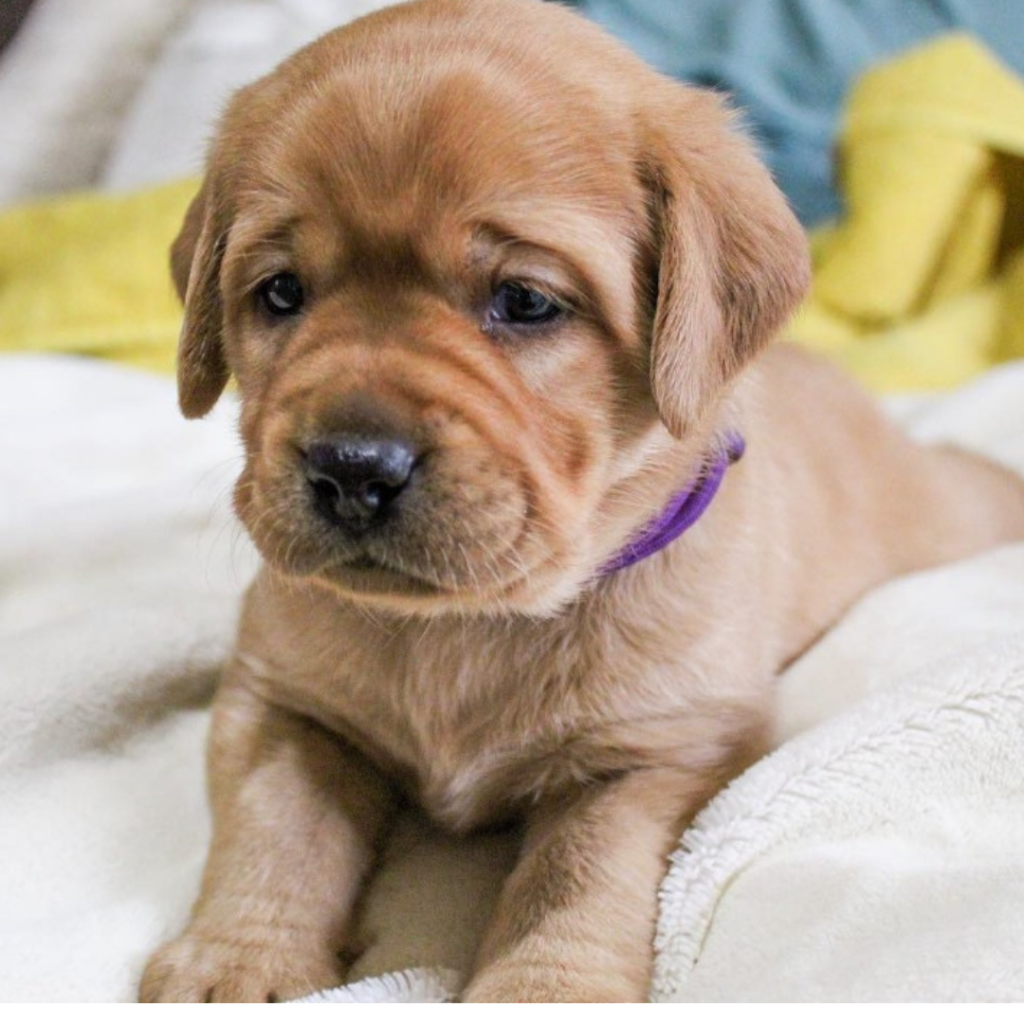Bringing your puppy home
Preparing for Your Labrador Puppy's Arrival
Next in line is the exciting journey of bringing your puppy home. Allow us to guide you through what comes next, ensuring you’re fully prepared for this new chapter.
In the initial days, both you and your puppy may experience some stress, especially considering that they’ve been accustomed to the company of their littermates until now. It’s normal for your pup to cry in the crate during the first few nights as they adjust to their new surroundings. If they cry after a period of sleep, it might indicate the need to relieve themselves. Consistently take them outside to the designated area for bathroom breaks. For more guidance on crate training and potty training, refer to our resources.
When returning to the crate, ensure your puppy has their towel or a toy that carries the scent of their littermates, which can provide comfort. It’s typical for them to cry for a few minutes before settling down to sleep.
Additionally, be vigilant about potential hazards in your garden, such as chives, onions, or garlic plants, as these can be harmful to your new pup. Moreover, remember that certain foods like chocolate, nuts, grapes, or raisins are toxic to dogs and should be kept out of their reach.
Prior to bringing your Labrador puppy home, schedule an appointment with your vet ideally a week or more in advance. By this time, your puppy should have received their first vaccination at 7 to 8 weeks old and been dewormed at 4, 6, and 8 weeks old. This proactive step ensures your puppy’s health and well-being from the outset.
These are some of the things to get before picking up your Labrador Retriever puppy
- You will need stainless steel, non-skid food, and water bowls
- You should get high-quality food. We use TLC Dog Food at our home. You will take a small bag of this home with you. One of the things we love about TLC is that it can be autoshipped and there for you each month, and it makes our dogs coats and lives look amazing.
- Many high quality chew toys safe for puppies (i.e Nylabones and Kongs are good choices to consider.)
- It’s always good to get a safe pet stain and odor remover and paper towels for any accidents, having some frebreeze on hand is always a good idea also!
- Some of our dogs have pretty thick coats, and a dog brush for a medium coat is a worthwhile investment.
- It is also a good idea to have some nail clippers, on hand and do it often as a pup so it’s easier as an adult.
- Treats for training, we like actually use cut-up hot dogs for treats!
- Flat collar and leash a six-foot leash is good for teaching boundaries and recall.
- Forty-Two Inch Crate is normally a good size, you can block off the back section to adjust to a smaller size and extend it as your puppy grows.









